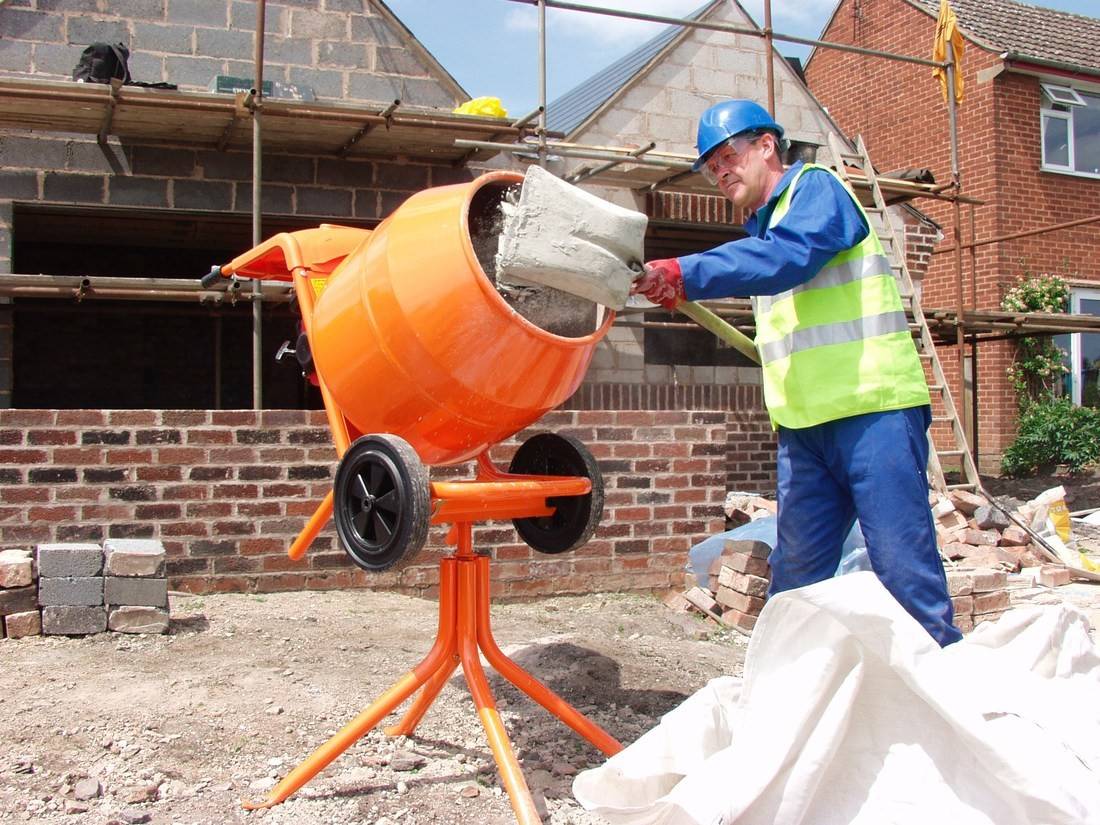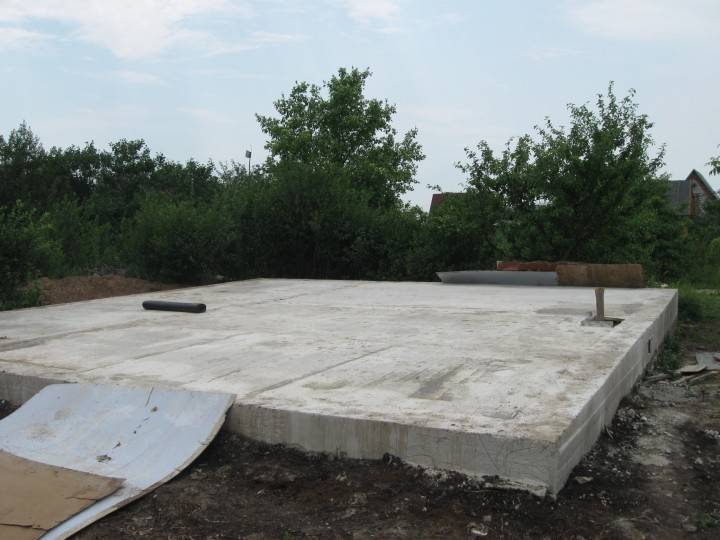Metal profile garage: do-it-yourself
Currently, many motorists can afford to build a garage from a metal profile with their own hands. When a car appears, the question arises of where to park the car. Prolonged exposure to the open air can greatly reduce its service life. The answer to the question that has arisen is the purchase or construction of a garage. For those who have a piece of land, a little free time and a great desire to make something with their own hands, construction is perfect.
The garage can be built from various materials, it can be wooden, brick, reinforced concrete or metal. Today, the construction of a garage from a metal profile is widespread. This is due to the short construction time of the structure, the convenience of the metal material used, the possibility of disassembly and reassembly, the durability of the building and the relatively low price of the metal profile and other parts. If the skills for building a garage with your own hands are not enough, you can order a ready-made version at http://www.penal.su/ If you decide to do the construction yourself, the second question arises - how to build a garage from a metal profile.
A garage of this type does not belong to complex structures, but it still requires compliance with a certain sequence of work. In order not to miss anything, you need to draw up a plan of upcoming actions in advance.
We create a drawing of the garage. We make a detailed description of the entire structure and apply dimensions. The standard is the size of the room 5x3 m and a height of at least 2 m. We immediately determine what the roof will be like. Usually they make single-sided or double-sided.
Gates can be swing, sectional, up-and-over or roller. That's the beauty of self-building: you can adapt everything to your needs and preferences. In the diagram, we draw a frame for a garage from a profile pipe.
Materials and tools
Having a ready drawing, we can draw up a detailed list of materials, as well as calculate their quantity. You will need:
- Square profile pipes 100x100 mm in size. They are used for the construction of load-bearing structures, their advantage is high resistance to bending. When creating, use a U-shaped profile or profile pipes.
- Square corrugated pipes 50x50 mm for greater rigidity.
- Sheet metal profile. They are sheathed with a frame from a profile pipe from the outside. When calculating the metal profile, it is necessary to take into account the fastening of the profiled sheet, which will overlap, which means that it will take 150-200 mm of width on each sheet, depending on the topography of its surface.
- Mineral wool, as well as suspensions for fastening.
- Vapor barrier film.
- Geotextiles in trenches to protect concrete waterproofing.
- Roofing material for concrete, under the profile.
- Fasteners for mounting profile pipes (if the structure is collapsible, without using welding), bolts with nuts and metal corners will be required to connect the frame parts.
- Self-tapping screws with a rubber seal are needed for mounting the sheathing on the walls.
- To fill the foundation and floor screed, we stock up on gravel, cement and sand. Let's not forget about water.
- To create a foundation frame, you will need plywood, wooden boards, OSB boards or any other shields and supports.
- Steel bars and knitting wire.
- Dowels.
Knowing what materials will be needed, we make a list of the tools needed for the job:

- kapron rope or cable and pegs for marking the territory;
- a pair of bayonet shovels for removing the top layer of soil under the foundation;
- electric concrete mixer, will speed up and facilitate the pouring of the foundation and floor;
- hammer and nails for plywood foundation formwork, etc.;
- grinder for cutting professional pipes and metal profiles;
- metal scissors;
- level ordinary or laser;
- drill with a set of drills;
- plumb;
- screwdriver;
- tape measure and marker.
With all this, you can move from preparation to construction.
Building a garage from a metal profile with your own hands
At the heart of any building is the foundation. First of all, the site on which we are building should be cleared and leveled, markings should be made and trenches should be dug for pouring a monolithic strip foundation. The height of the trench walls is determined by the characteristics of the soil and the level of groundwater.
The walls are dug out at 90°, and the bottom must be compacted, covered with geotextiles and a sand cushion is made.
 Before pouring, formwork is made (framework for the foundation). Her shields are placed close to the walls of the trenches and struts and transverse jumpers are installed.
Before pouring, formwork is made (framework for the foundation). Her shields are placed close to the walls of the trenches and struts and transverse jumpers are installed.
The next step is reinforcement and pouring. To do this, steel bars are connected with a knitting wire, placed on stands so that the distance from the structure to the formwork and the top point of the foundation is 50 mm each, and poured with concrete. Concrete is covered with a film and watered in the first days.
There are 2 ways to assemble the structure: modular and field assembly. Usually the second is used when there are no helpers. When creating a garage from a profile pipe, the first step in the construction of the frame will be the installation of the lower trim from horizontal profile pipes.
Pipes of the required size are laid on a concrete base and fastened to each other with metal corners. A rubberized layer or roofing material is laid between the profile and concrete, and then the profile is fixed with the help of corners and dowels to the foundation.
After that, vertical racks are installed, the upper trim is mounted on them. Next, stiffeners are installed, placing them vertically and horizontally strictly according to the drawing.
At the next stage, a metal profile roof is mounted. If you chose a gable roof, then the walls are made the same size and triangular rafter pairs are installed on them. Quantitatively, the roof truss pairs must correspond to the vertical posts.
The frame from the profile pipe is partially assembled, it remains to sheathe it with profiled sheets. For the roof, a special corrugated board is used, but it can also be sewn up with an ordinary metal profile. If the choice fell on swing gates, then they are also sewn up with profiled sheets.
All joints of the corrugated board are sealed, and to improve the waterproofing properties, the walls and roof are covered with a vapor barrier film. At this stage, do not forget to make an outlet.
At the final stage, we are engaged in the insulation of the metal frame and sew up the walls and ceiling from the inside with decorative materials, we make the floor. We take mineral wool as a heater (polystyrene and glass wool are also suitable), it is sold both in rolls and in plates.
Insulation is inserted between the racks of the frame. Try to use insulation the same thickness as the posts, then it will lie flush.
After laying, everything is sewn up with clapboard, moisture-resistant drywall, plastic panels or other types of finishing materials. On the floor, everything usually ends with a concrete screed, but you can lay tiles or wooden boards, in general, whatever your heart desires. On this, a garage of its own production from a profile pipe is considered to be built.
